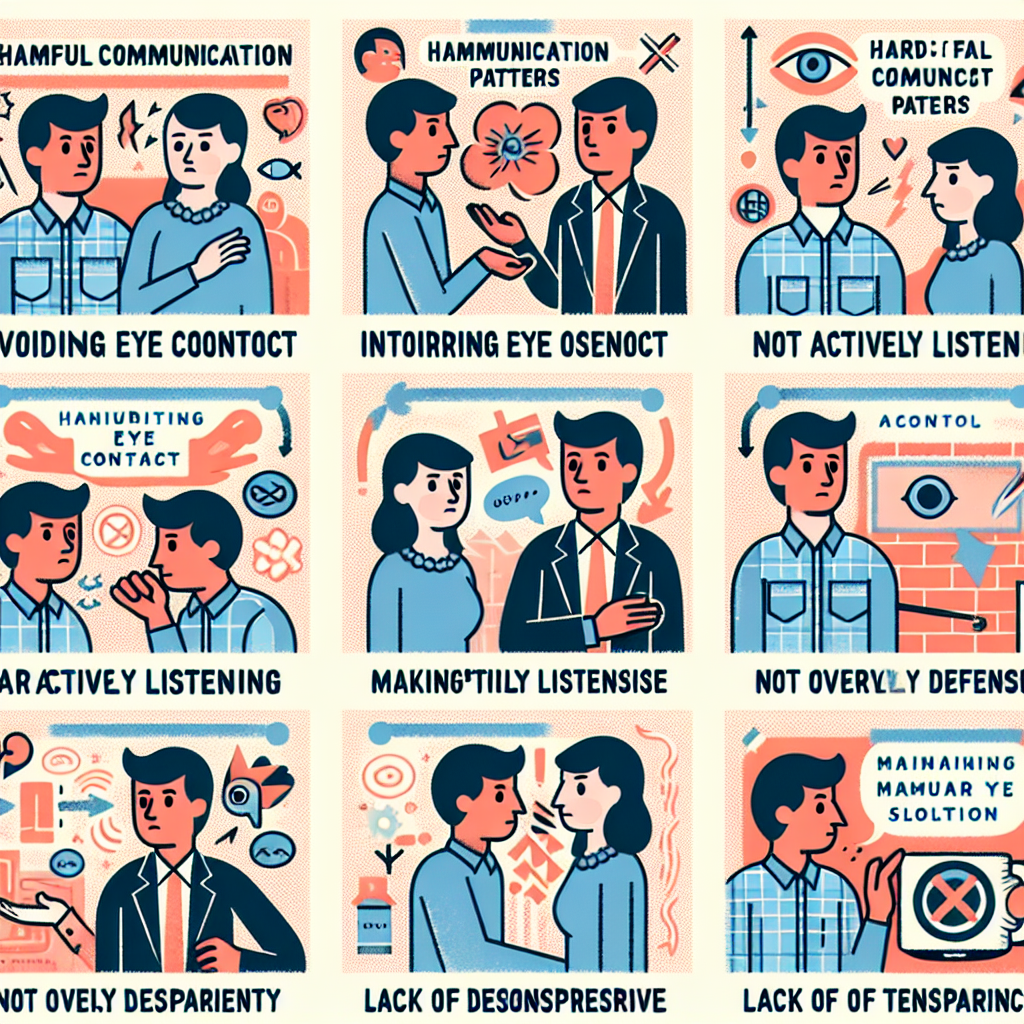Overcoming 8 Harmful Communication Patterns
Overcoming 8 Harmful Communication Patterns
Introduction
Effective communication is crucial for healthy relationships, both personal and professional. However, certain harmful patterns can hinder this process, leading to misunderstandings and conflicts. This article explores eight detrimental communication habits and offers strategies to overcome them.
Identifying Harmful Communication Patterns
Recognizing these patterns is the first step towards improvement. Here are the eight common harmful communication habits:
- Criticism: Attacking someone’s character rather than addressing specific behaviors.
- Defensiveness: Reacting to feedback with excuses or counterattacks instead of listening.
- Stonewalling: Withdrawing from conversations and refusing to engage.
- Contempt: Displaying disrespect through sarcasm, ridicule, or body language.
- Passive-Aggressiveness: Indirectly expressing negative feelings instead of addressing them openly.
- Overgeneralization: Using words like “always” or “never” to exaggerate issues.
- Mind Reading: Assuming you know what others are thinking without evidence.
- Blaming: Shifting responsibility onto others instead of owning up to one’s role in a situation.
Strategies for Improvement
To foster healthier communication, consider these strategies:
- Practice Active Listening: Focus on understanding the speaker’s message without interrupting.
- Use “I” Statements: Express your feelings and needs without blaming others.
- Stay Calm: Manage your emotions to prevent escalation during discussions.
- Seek Clarification: Ask questions to ensure you understand the other person’s perspective.
- Show Empathy: Acknowledge and validate the other person’s feelings.
- Set Boundaries: Clearly communicate your limits and expectations.
- Reflect Before Responding: Take a moment to think before reacting impulsively.
- Apologize When Necessary: Own up to mistakes and offer sincere apologies.
Conclusion
By identifying and addressing these harmful communication patterns, individuals can enhance their interactions and build stronger, more respectful relationships. Implementing the suggested strategies can lead to more productive and positive exchanges, ultimately fostering a healthier communication environment.















